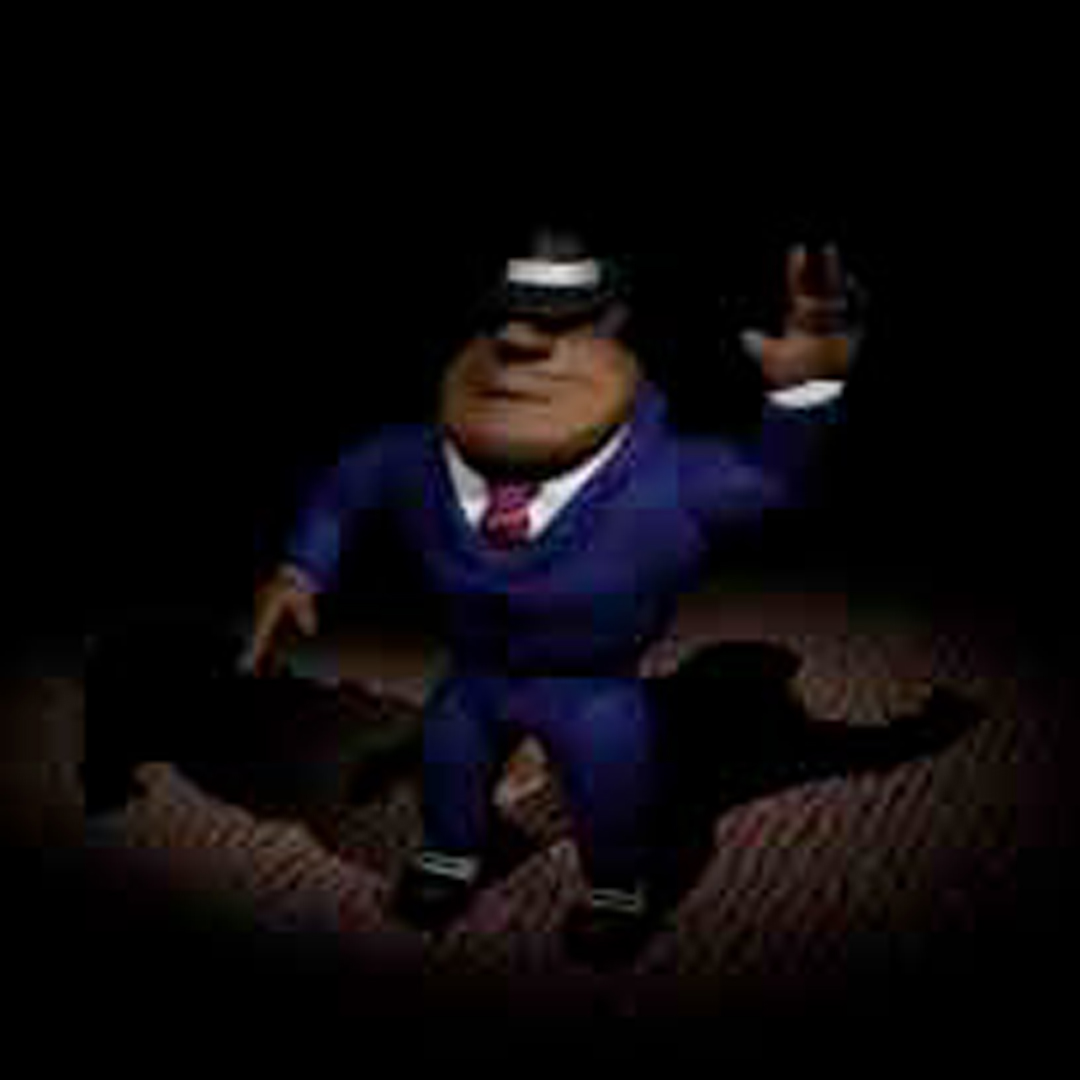“Free-form deformations with lattices of arbitrary topology” by MacCracken and Joy
Conference:
Type(s):
Title:
- Free-form deformations with lattices of arbitrary topology
Presenter(s)/Author(s):
Abstract:
A new free-form deformation technique is presented that generalizes previous methods by allowing 3-dimensional deformation lattices of arbitrary topology. The technique uses an extension of the Catmull-Clark subdivision methodology that successively refines a 3-dimensional lattice into a sequence of lattices that converge uniformly to a region of 3-dimensional space. Deformation of the lattice then implicitly defines a deformation of the space. An underlying model can be deformed by establishing positions of the points of the model within the converging sequence of lattices and then tracking the new positions of these points within the deformed sequence of lattices. This technique allows a greater variety of deformable regions to be defined, and thus a broader range of shape deformations can be generated.
References:
1. Alan H. Barr. Global and local deformations of solid primitives. In Computer Graphics (SIGGRAPH ’84 Proceedings), volume 18, pages 21-30, July 1984.
2. E. Catmull and J. Clark. Recursively generated B-spline surfaces on arbitrary topological meshes. Computer-Aided Design, 10:350-355, September 1978.
3. G. Chaikin. An algorithm for high speed curve generation. Computer Graphics and Image Processing, 3:346-349, 1974.
4. Yu-Kuang Chang and Alyn E Rockwood. A generalized de Casteljau approach to 3D free-Form deformation. In Proceedings of SIGGRAPH ’94 (Orlando, Florida, July 24-29,1994), Computer Graphics Proceedings, Annual Conference Series, pages 257-260.
5. Sabine Coquillart. Extended free-form deformation: A sculpturing tool for 3D geometric modeling. In Computer Graphics (SIGGRAPH ’90 Proceedings), volume 24, pages 187-196, August 1990.
6. Sabine Coquillart and Pierre Janc6ne. Animated free-form deformation: An interactive animation technique. In Computer Graphics (SIGGRAPH ’91 Proceedings), volume 25, pages 23-26, July 1991.
7. D. Doo. A subdivision algorithm for smoothing down irregularly shaped polyhedrons. In Proceedings of the Int’l Conf. Interactive Techniques in ComputerAided Design, pages 157- 165, 1978.
8. D. Doo and M. Sabin. Behaviour of recursive division surfaces near extraordinary points. Computer-Aided Design, 10:356- 360, September 1978.
9. Josef Griessmair and Werner Purgathofer. Deformation of solids with trivariate B-splines. In Eurographics ’89, pages 137-148. North-Holland, September 1989.
10. Mark Halstead, Michael Kass, and Tony DeRose. Efficient, fair interpolation using Catmull-Clark surfaces. In Computer Graphics (SIGGRAPH ’93 Proceedings), volume 27, pages 35-44, August 1993.
11. Bernd Hamann, Donhua Wu, and Robert J. Moorhead II. On particle path generation based on quadrilinear interpolation and Bernstein-B6zier polynomials. IEEE Transactions on Visualization and Computer Graphics, 1(3):210-217, 1995.
12. Hugues Hoppe, Tony DeRose, Tom Duchamp, Mark Halstead, Hubert Jin, John McDonald, Jean Schweitzer, and Werner Stuetzle. Piecewise smooth surface reconstruction. In Proceedings of SIGGRAPH ’94 (Orlando, Florida, July 24-29, 1994), Computer Graphics Proceedings, Annual Conference Series, pages 295-302.
13. Kenneth I. Joy and Ron MacCracken. The refinement rules for Catmull-Clark solids. Technical Report CSE-96-1, Department of Computer Science, University of California, Davis, January 1996.
14. David N. Kenwright and Davis A. Lane. Optimization oftimedependent particle tracing using tetrahedral decomposition. In Proceedings of Visualization ’95, pages 321-328. IEEE Computer Society, 1985.
15. Charles Loop. Smooth subdivision surfaces based on triangles. Master’s thesis, Department of Mathematics, University of Utah, August 1987.
16. Mike Lounsbery. Multiresolution Analysis for Smfaces of Arbitra~7 Topological Type. PhD thesis, Department of Computer Science and Engineering, University of Washington, Seattle, WA, June 1994.
17. A. Nasri. Polyhedral subdivision methods for free-form surfaces. ACM Transactions on Graphics, 6:29-73, 1987.
18. R. Riesenfeld. On Chaikin’s algorithm. Computer Graphics and Image Processing, 4(3):304-310, 1975.
19. Thomas W. Sederberg and Scott R. Parry. Free-form deformation of solid geometric models. In Computer Graphics (SIG- GRAPH ’86 Proceedings), volume 20, pages 151-160, August 1986.
20. Kevin J. Weiler. Topological structures for geometric modeling. PhD thesis, Rensselaer Polytechnic Institute, August 1986.




